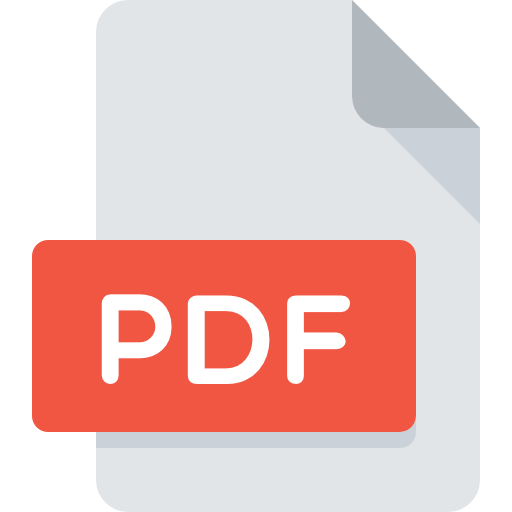The goal of the political influence ranking on Twitter is to reward excellence. The starting point is the network of think-tanks and their analysts identified by the Real Instituto Elcano and esglobal at the beginning of this proyect. The variables used to determine and quantify the relationship among influencers and thus extract a synthetic indicator that allows us to structure a political influence index include, above all, the indegree of each node in the network and the pagerank, respecting the horizontal and democratic nature of the network itself. In this way, a pagerank lifted from a specific node helps to make the nodes to which it is related important too. The last significant variable is interconnection, that values above other factors the mediating effect within the network.
This way, the influencers who carry the most weight are those who would rather be listened to than be passive subjects in the network and, furthermore, perform this mediation that helps reinforce the information flow.
Note: a more thorough description of the methodology applied to this work can be found in: Juan Luis Manfredi-Sánchez, Juan Antonio Sánchez-Giménez & Juan Pizarro-Miranda (2015), “Structural analysis to measure the influence of think tanks’ networks in the digital era”, The Hague Journal of Democracy, nr 10, p. 363-395, doi 10.1163/1871191X-12341320.









